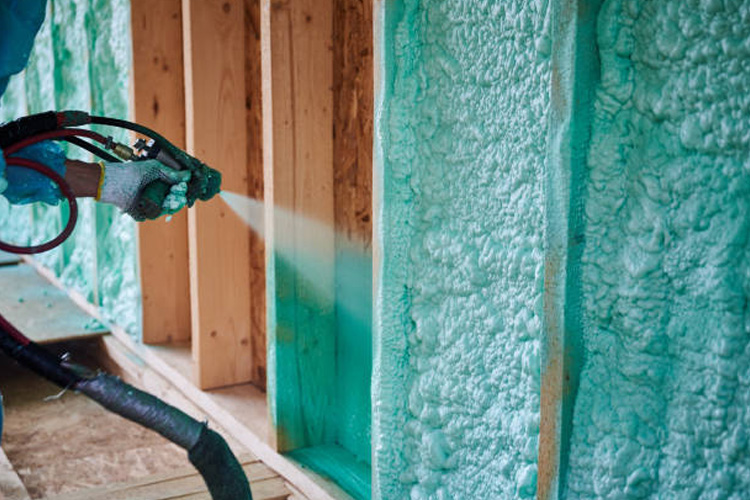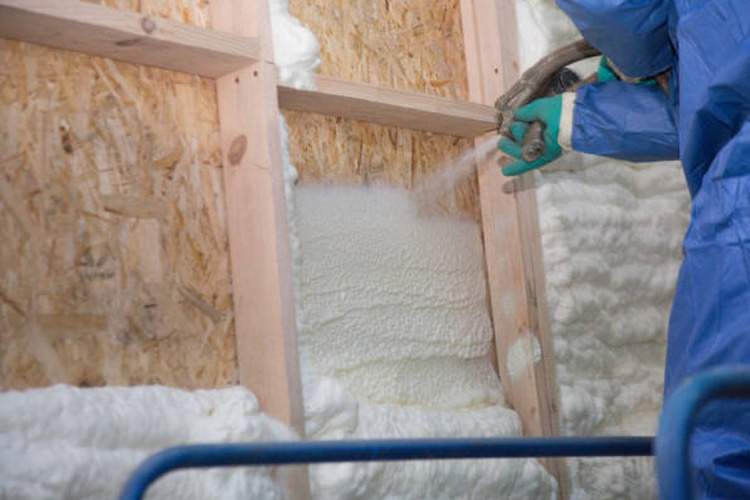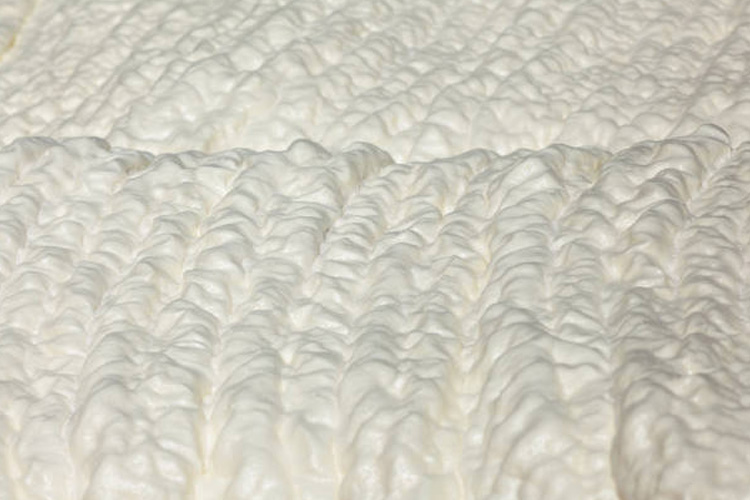There are several factors affecting how much energy a building needs to heat more efficiently in the winter, and to keep the heat out in the summer while keeping the cool air inside. As Pusmak Makina, we search various ways for our customers to answer the questions of where energy loss can occur in a building and how spray foam insulation prevents energy loss
First of all, the size and shape of the buildings can be said in the first place as the factors affecting the energy consumption of the buildings. In addition, the roof and walls, even the color of the exterior, and the materials used to construct the building also have a say on energy consumption.

Studies conducted to analyze the factors affecting the energy consumption of buildings have revealed that the amount of heat absorbed by lightly painted buildings is low. For this reason, among the factors affecting the energy consumption of buildings, insulation and roof insulation have a great effect on reducing energy consumption. Spray foam insulation machines are the most effective actors of these processes in order to carry out the insulation processes effectively and efficiently.
The direction angle and geographical location of the building have an important place among the factors affecting the energy consumption of the buildings.
Ratio of Windows to Wall Area, Type of Glass, Structure of Windows Affects Energy Consumption of Buildings
The ratio of the windows to the wall area as well as the type of glass and the structure of the windows are other factors that affect the energy consumption of the buildings. Window manufacturers explain this issue in much more detail.
The way buildings are used also affects energy consumption. Cold storage, agricultural facility, school and office buildings consume different amounts of energy, even when buildings are constructed in the same way, size and general location.
Age, Number of Residents, Hours of Daily Use Affect Buildings' Energy Consumption
The age of the building, the number of occupants, the time of day and the daily usage hours are the factors that affect the energy consumption of the buildings.

Lighting needs and the types of equipment used are also important factors affecting the energy consumption of buildings. The type and efficiency of heating, ventilation and air conditioning systems are other factors that affect energy consumption.
Balancing costs include the use of renewable energy sources, particularly solar energy, and in some cases, incentives for non-intensive energy use.
These are the most important considerations to take into account the building's energy consumption. The most important contributor to wasted energy is the energy flow that often seeps out through walls, roofs, pipes, ducts and spaces within the envelope of buildings. This flow is easily done with spray foam insulation machines that perform quality insulation applications.
Then how to prevent energy loss in buildings if it is very scarce, valuable and expensive? With its ultra-low conductivity, the highest R-value per square meter of competitive insulation, and its excellent natural ability to close gaps, spray polyurethane foam is the most efficient material to use for thermal insulation.

To maximize the energy efficiency of buildings, whether retrofitting or constructing the building, spray foam insulation can significantly limit wasted energy, saving the building's consumption and construction. In order to achieve these types of savings, there is a need for well-equipped spray foam insulation machines for quality insulation processes.
Due to the chemical reaction of Continuous Insulation spray foam, it covers the entire sprayed surface without leaving gaps that usually occur with low quality materials. So spray foam insulation provides a variety of benefits to commercial buildings.
The airtight barrier creates a great opportunity to prevent air from entering the building and save energy. Air leaks are not only guaranteed to cause the system to work harder, but also act as a passageway for water intake.
Heat transfer resistance, spray foam insulation provides a higher R-Value than many other types of insulation. The higher the R-Value, the less chance of weathering.
Tag: vapor barriers, air barrier, department of energy, heating and cooling, air seals, insulation material, thermal resistance, existing home, insulate your home, board feet, types of spray foam, conventional insulation, traditional insulation, utility bills, wall cavities